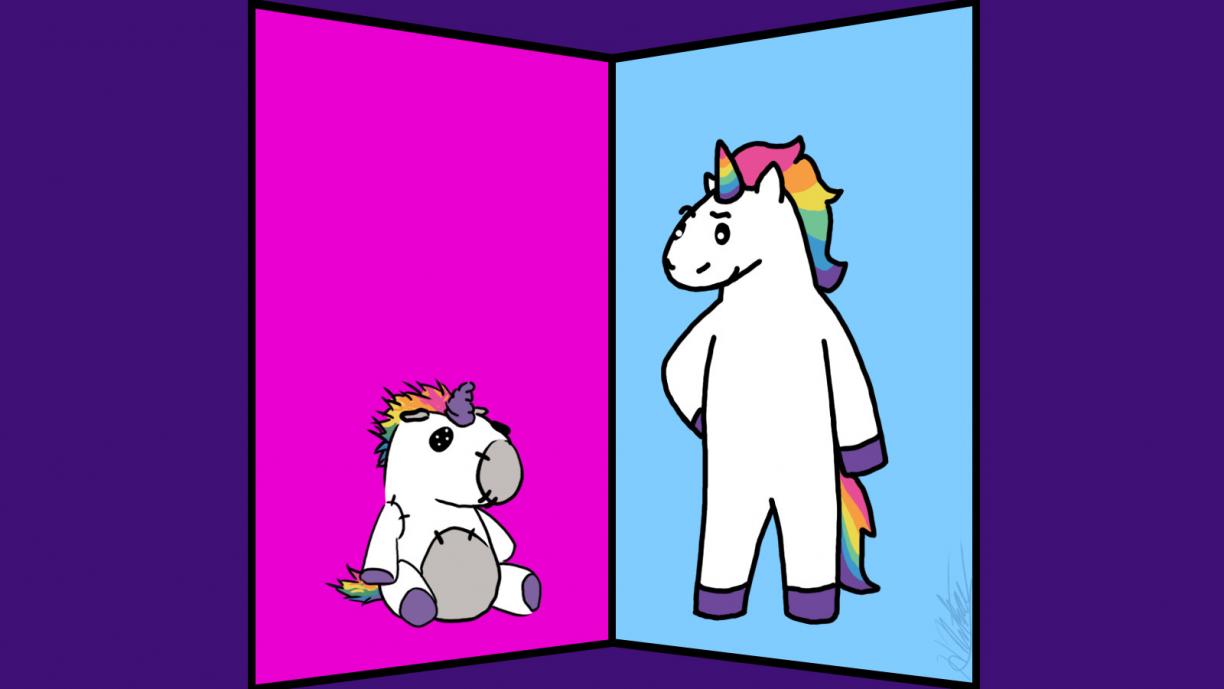
The art of decision-making is an intricate dance, one between psychology and context where the way choices are presented can dramatically sway our preferences. Enter the decoy ? effect.
Table of Contents
Along with upending the theory of rational choice, it’s a potent psychological principle that can significantly influence online user decisions and behavior.
In the realm of User Experience (UX) design, understanding and implementing the decoy effect can be a game-changer; driving up conversions, engagement, and overall user satisfaction (and who doesn’t want that).
Today, I’ll quickly go over:
- what the decoy effect is,
- how it can be applied to UX design,
- potential pitfalls to be careful of.
Unpacking the Decoy Effect
The decoy effect, also known as the 'asymmetric dominance effect', is a cognitive bias where our preference for one option over another is altered by the introduction of a third, less attractive option - the 'decoy'. The decoy, while not an appealing choice in itself, is designed to make one of the original two options seem more attractive by comparison.
A Classic Illustration of the Decoy Effect
To give you a clearer picture of the decoy effect, let's consider a classic example. A cinema offers two sizes of popcorn: a small size for $3 and a large size for $7. Customers might waver between the two, as both options have their benefits.
However, if the cinema introduces a medium size for $6.50, the decision landscape changes.
The medium size is the decoy - it's not as cost-effective as the large size because for just 50 cents more, you can get a lot more popcorn. Suddenly, the large size becomes the obvious choice for value-seeking customers, thereby driving more sales of the large popcorn.
The Role of the Decoy Effect in UX Design
In UX design, the decoy effect can be a powerful tool in a designer's arsenal, strategically used to nudge users towards desired actions. By carefully crafting the presentation of options, a designer can subtly influence users' decision-making process, steering them towards a particular desired choice (and if we’re being ethical, one in their best interest).
Decoy Pricing: Making the Most out of Your Offerings
One of the most common applications of the decoy effect in UX design is in pricing models.
Imagine a software company that offers two subscription plans: a Basic plan at $10/month and a Premium plan at $30/month. Some users might find the Premium plan too pricey and lean towards the Basic one.
However, if the company introduces a third plan - a 'Standard' plan at $25/month that includes more features than the Basic plan but falls short of the Premium one - this becomes the decoy.
Now, the Premium plan appears to offer great value. It provides a far richer feature set for a modest increase in price, hence encouraging more users to opt for the Premium plan.
Decoy in Product Features: Guiding User Preferences
You can also apply the decoy effect when presenting product features, especially in industries with highly competitive and similar offerings.
For example, a mobile phone company might offer two models: Model A with an advanced camera system, and Model B with an extended battery life.
If a third model is introduced - Model C, which has decent camera quality and battery life but is priced higher than Model A and B - it acts as the decoy. The original two models, which were once seen as trade-offs, now appear more attractive due to their distinct advantages and competitive pricing.
Pitfalls and Ethical Considerations
While the decoy effect can be a potent tool in UX design, it's not without its detractions. When used inappropriately or excessively, it could lead to users feeling manipulated, which can damage the trust between a brand and its customers. Nobody wants that.
If users perceive the decoy strategy as a deceitful marketing ploy, they may become skeptical of the brand, potentially leading to lower engagement and conversions. That’s why it's vital to use this technique with caution and integrity.
Ask yourself, “To what ends am I using this tactic? Are they to help the consumer truly make the best choice for themselves ??”
These and similar questions will help to guide you.
Furthermore, the decoy effect should never be used to mask inferior product quality or service. If a product or service doesn't deliver on its promises, no amount of psychological trickery can salvage the user experience.
In the long run, quality and integrity are always paramount.
Conclusion: The Decoy Effect as a Double-edged Sword
The decoy effect can be a powerful instrument in a UX designer’s toolkit. It can help guide user choices, increase conversions, and enhance user satisfaction.
Yet, keep in mind that it must be wielded with care and responsibility.
At Mythic, our mission is to create websites that are as enjoyable to look at as they are to work/interact with. With this lens, we look at the decoy effect as a means to highlight and enhance the value propositions of your offerings, rather than as a manipulative trick.
When used correctly and ethically, the decoy effect can really add value. However, it is equally important to remember that the ultimate goal should always be to provide genuine enhancements to your users' experiences.
Are you interested in applying thought patterns like the decoy effect to your marketing technology? Book a session with me here so we can chat!
After all, a great UX is built on the foundation of trust, quality, and value.